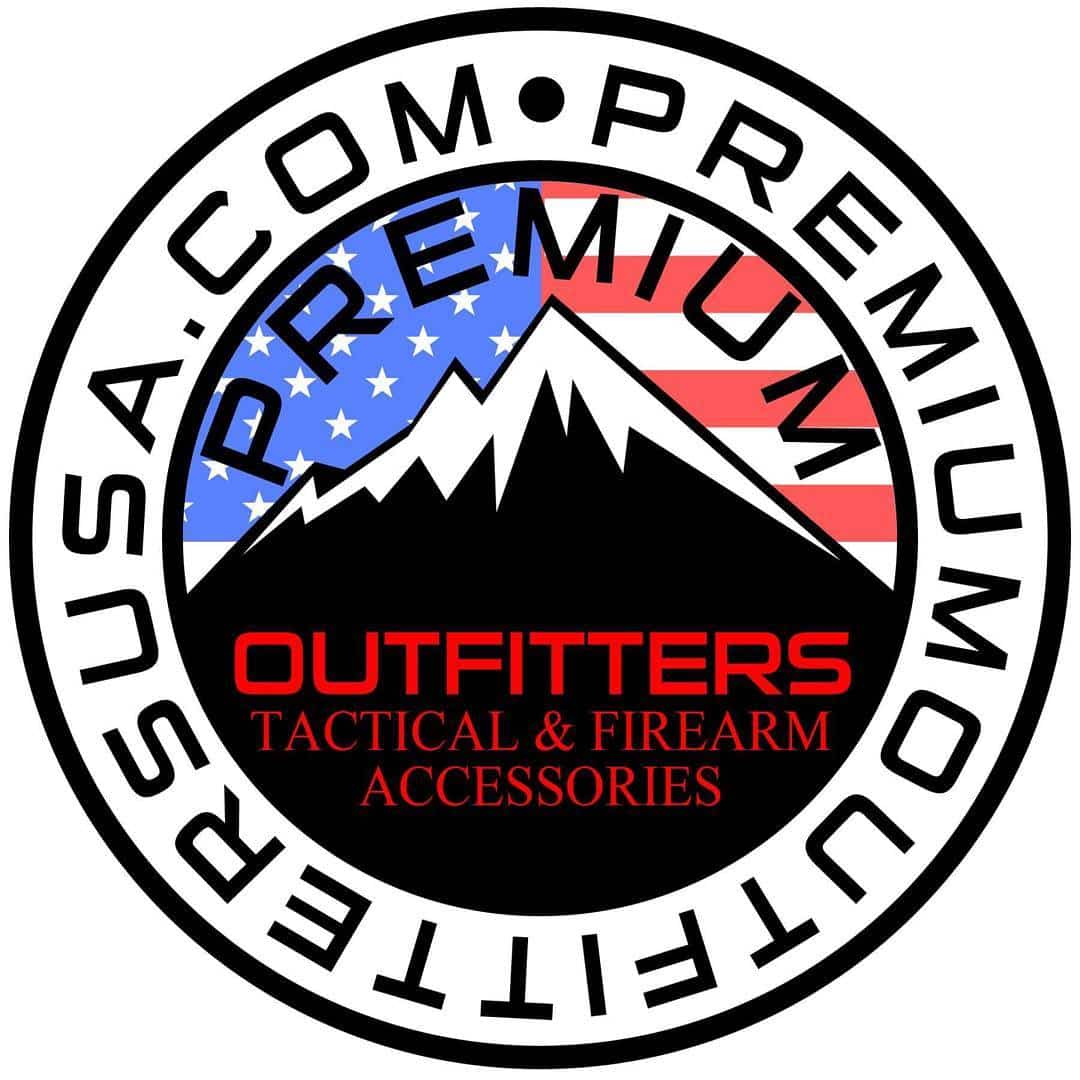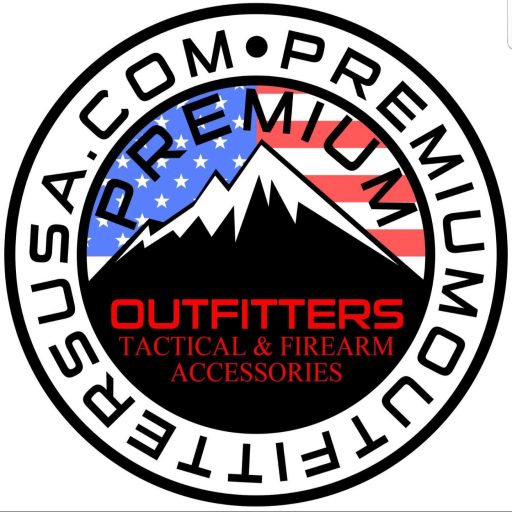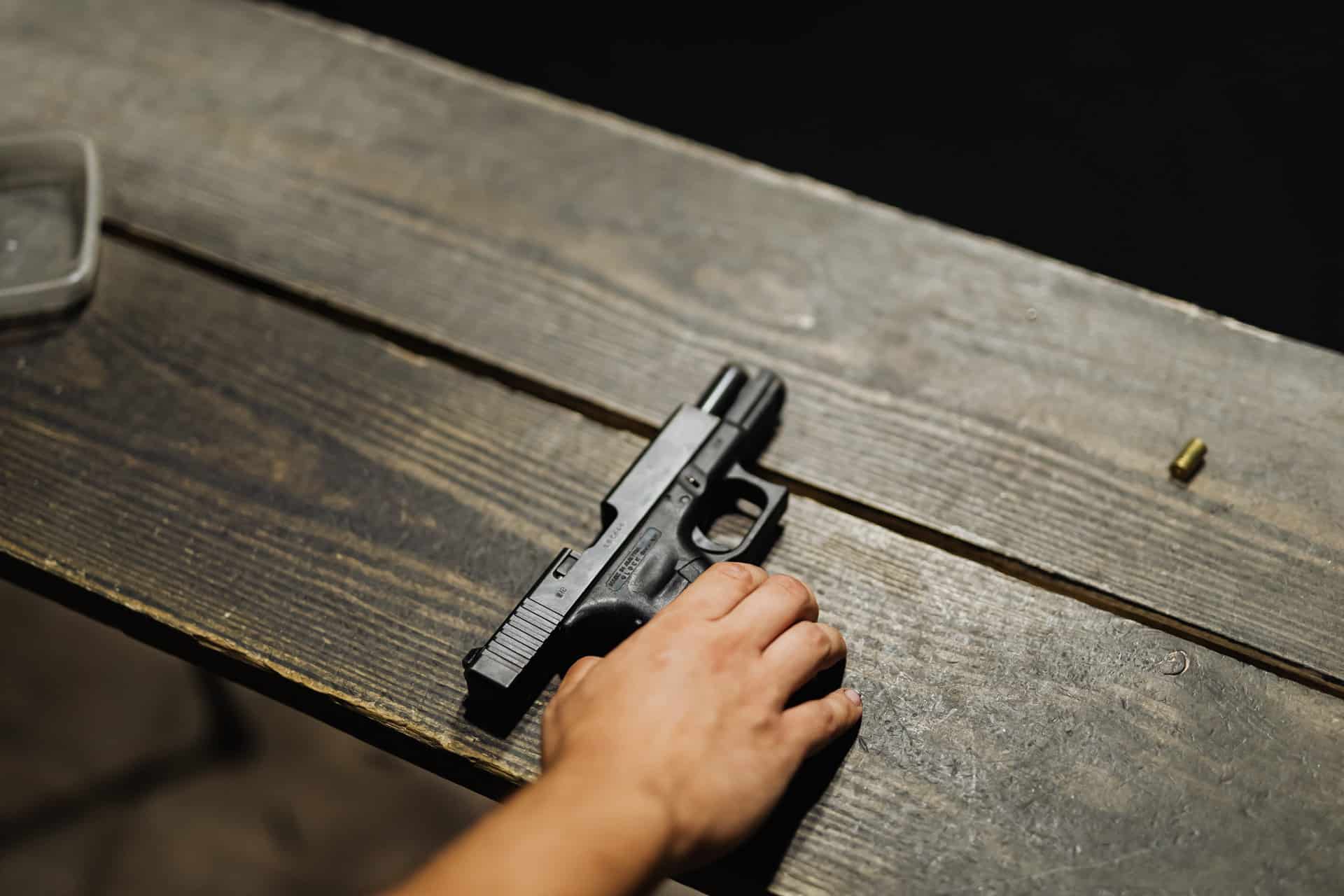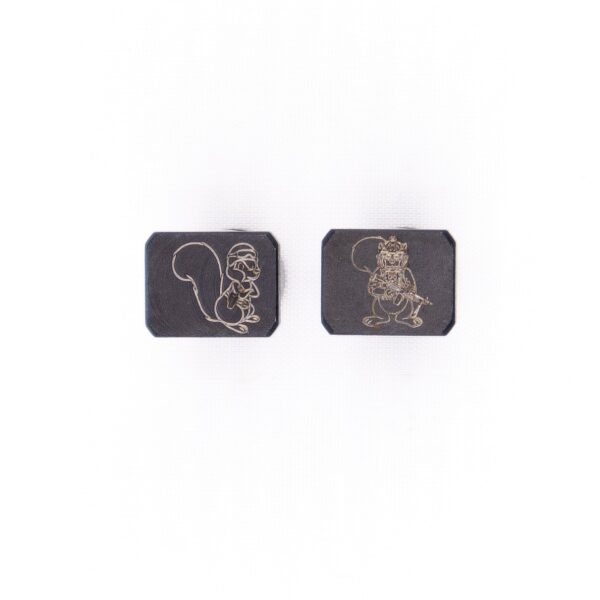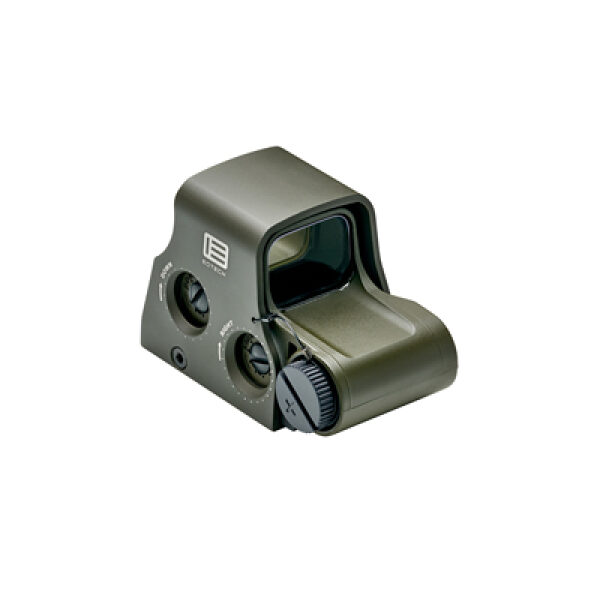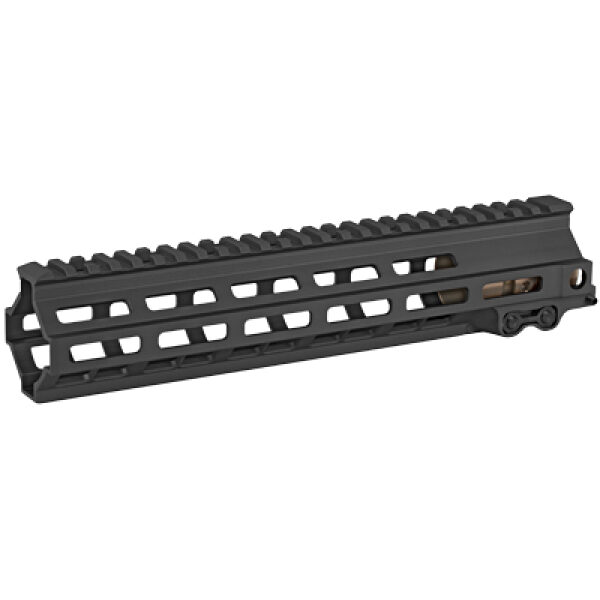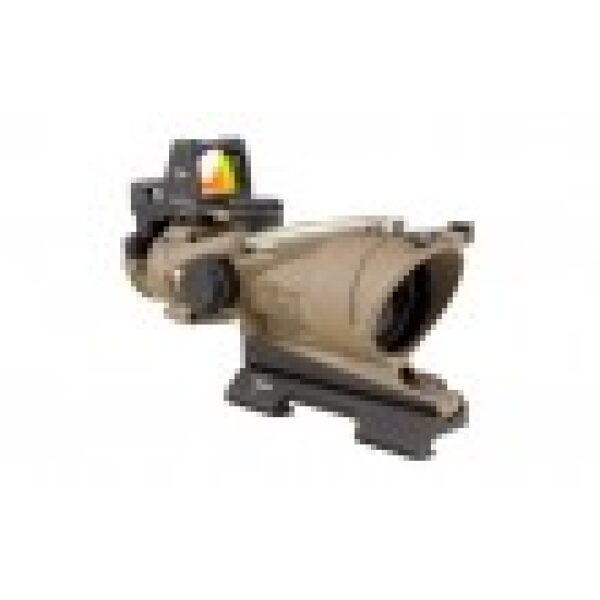Firearm safety isn’t a simple thing you should underestimate. If you’re not careful, you could be a danger not just to yourself but also to others around you. For this reason, you should know the ins and outs of handling your firearm. The more conscious you are of these guidelines, the better you can train yourself with your firearm on hand.
The Basics of Gun Handling
Handling a tactical firearm isn’t just about aim and precision; it’s also about being mindful of your surroundings, starting with your firearm. If you’re not attentive to how you handle your gun, you could endanger yourself and others around you. Like learning to drive, being conscious of the basics of gun handling will help you develop the muscle memory to practice safety intuitively.
When handling your tactical firearm, here are three safety tips you should remember:
1. Don’t Overestimate Your Gun’s Safety
All modern guns typically have a mechanical safety net in the form of their “safety.” It’s necessary to prevent guns from going off at the worst times. This is especially useful for armed personnel and security guards when they’re not actively using their primary or sidearm. While it’s an important feature of your gun, you shouldn’t get reckless just because you have your “safety” on.
When you have no reason to press the trigger on your firearm, you should never keep your finger on it. Recklessly pulling the trigger of any firearm will always be a risk, even if the “safety” is on. Additionally, a gun can misfire if the marker is even slightly leaning toward “fire” instead of “safe.”
Even with a gun’s “safety” feature, you can still manually force your gun to fire with enough force. A gun can also fire through impact on the barrel, hammer, or grip even if your trigger isn’t pulled. This is why you must be extra cautious about taking your gun from its holster.
2. Use the Proper Ammunition
While some guns have similar builds and models, there are specific ammunition sizes you should consider. Although you can force in some bullets of the same size, this can lead to permanent damage to your gun. Additionally, your firearm can work unpredictably or break entirely, causing structural damage and injury to yourself. For this reason, double-check if your ammo boxes match the specifications included in your gun’s manual.
3. Unload Your Gun Completely When Not In Use
Firearms should never have leftover bullets in the magazine before or after use. This is why you should always egress your equipment when exiting a shooting range. Remember to keep your firearms and ammunition separately to prevent any unauthorized misfire of your gun.
Even if you’re on duty with a fully loaded firearm, you should always remove the magazine to avoid any accidents while you’re home. Do this even before you ride your vehicle or before commuting. Doing so prevents the risk of mishandling by yourself and others. Never assume that your gun is unloaded, so double-check it before packing it for storage.
Conclusion
Whether you’re using a tactical firearm professionally or as a hobby, you should always prioritize your safety. Remember that it’s vital to use the same build and model before you practice your aim and precision. Since guns vary in different forms and sizes, it’s essential to purchase the right firearm and receive proper training to handle them. If you want to receive proper firearms training, it’s vital to work with the right firearms experts.
At Premium Outfitters USA, we do more than just sell quality pistols and rifles to our customers. We also provide professional firearms training for beginners to experienced gun enthusiasts. Contact us today to learn more about our training courses!
